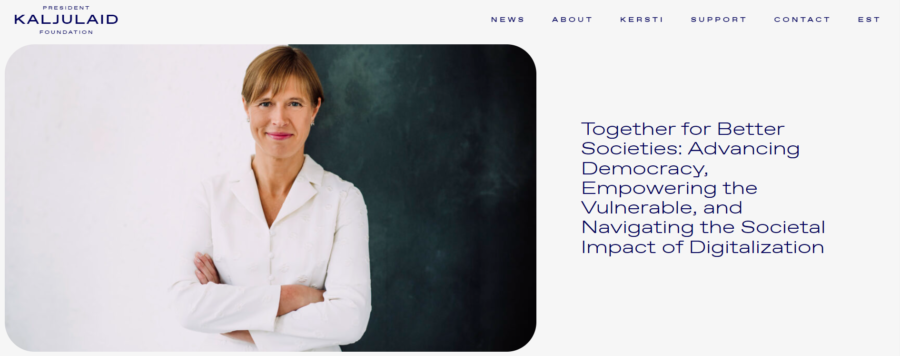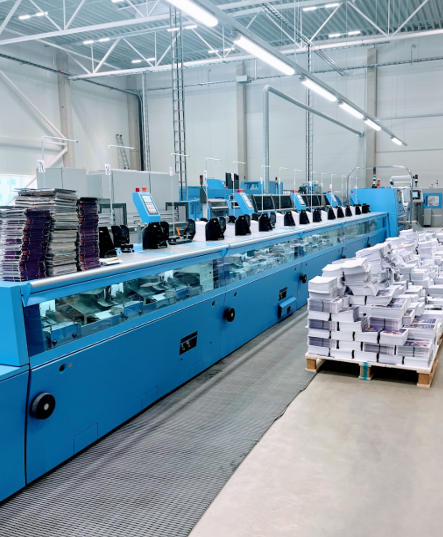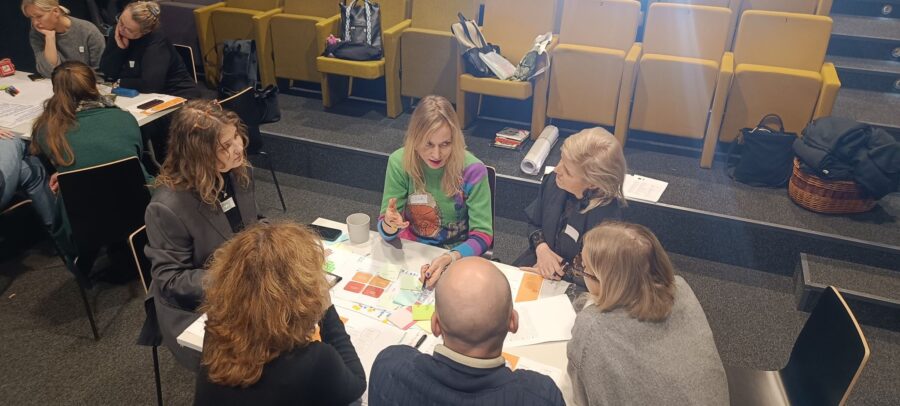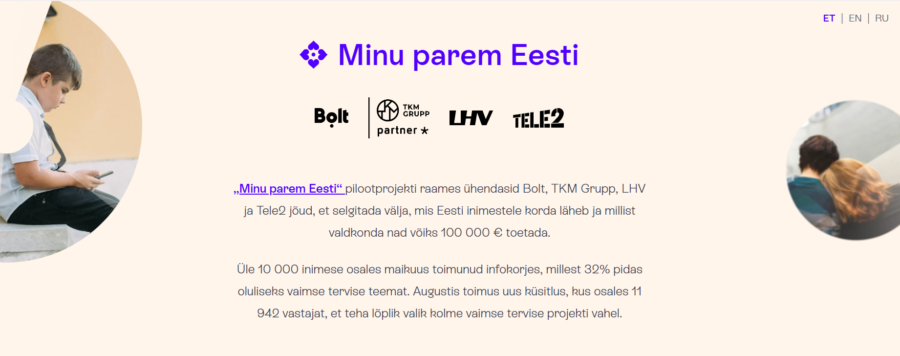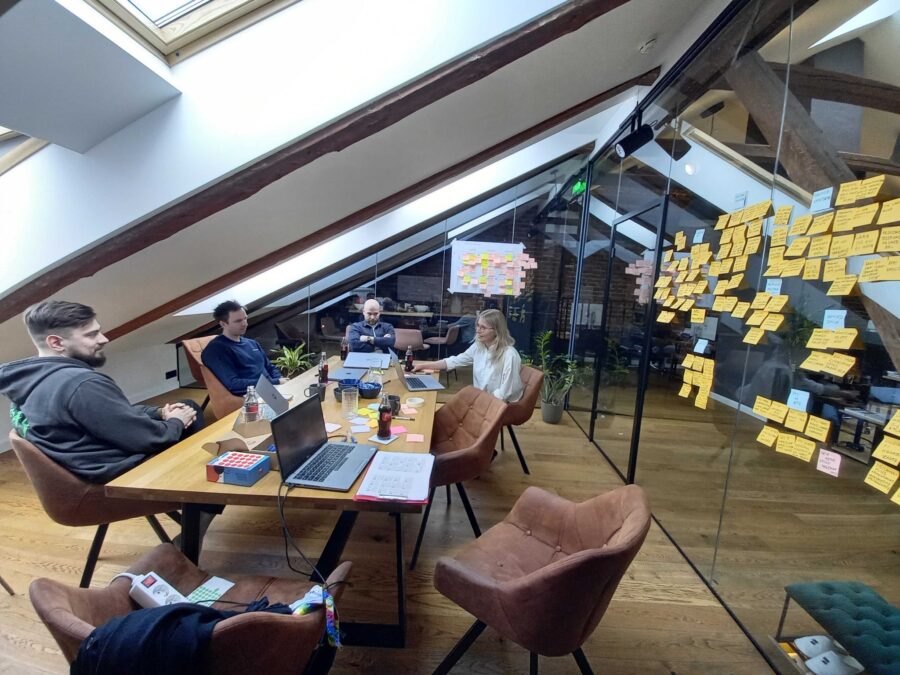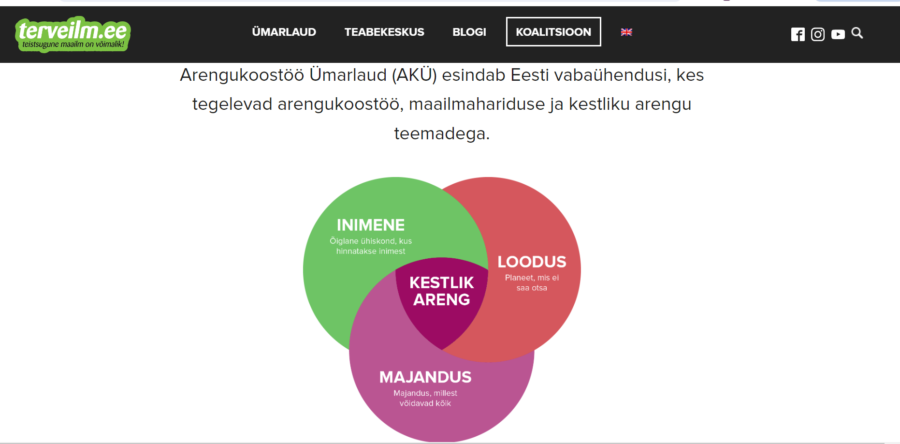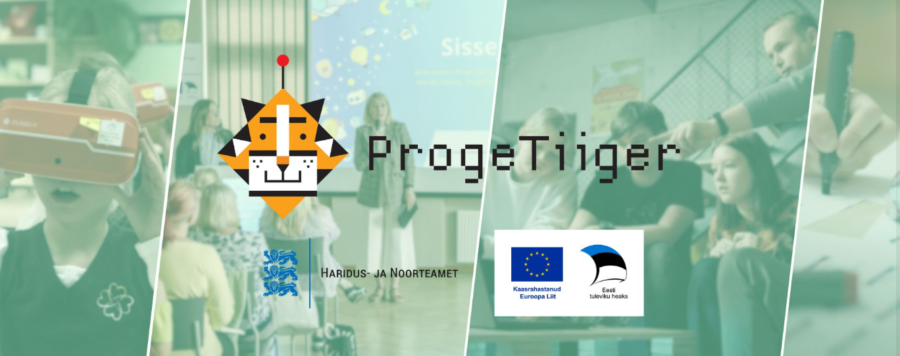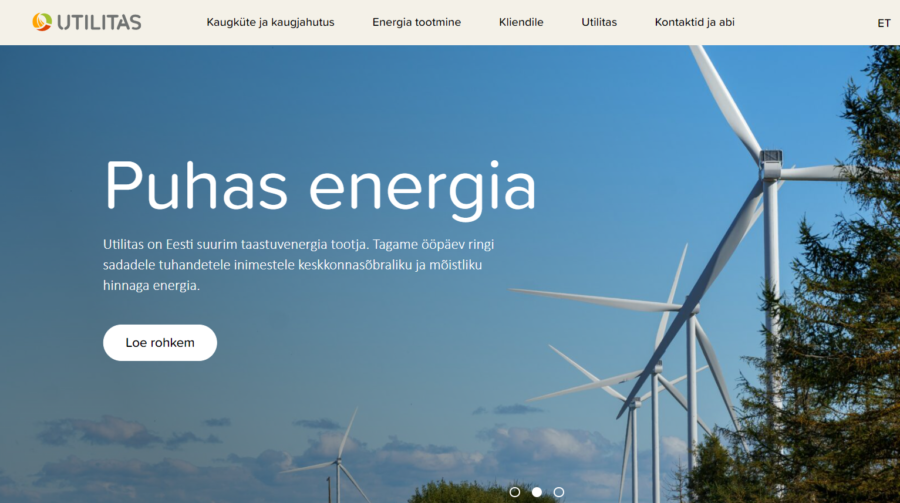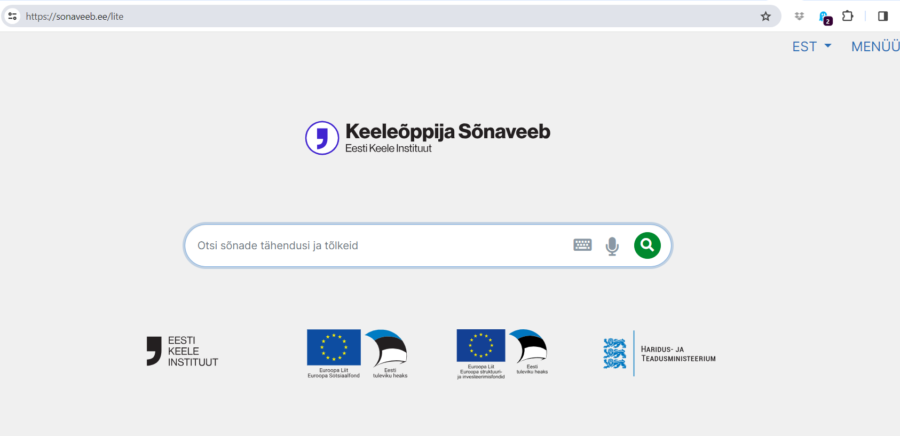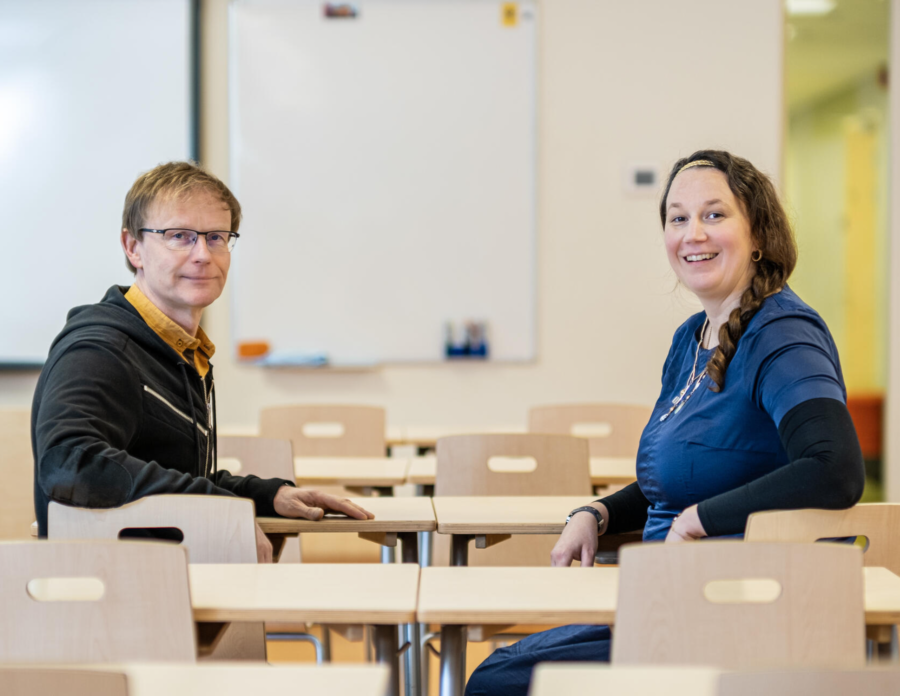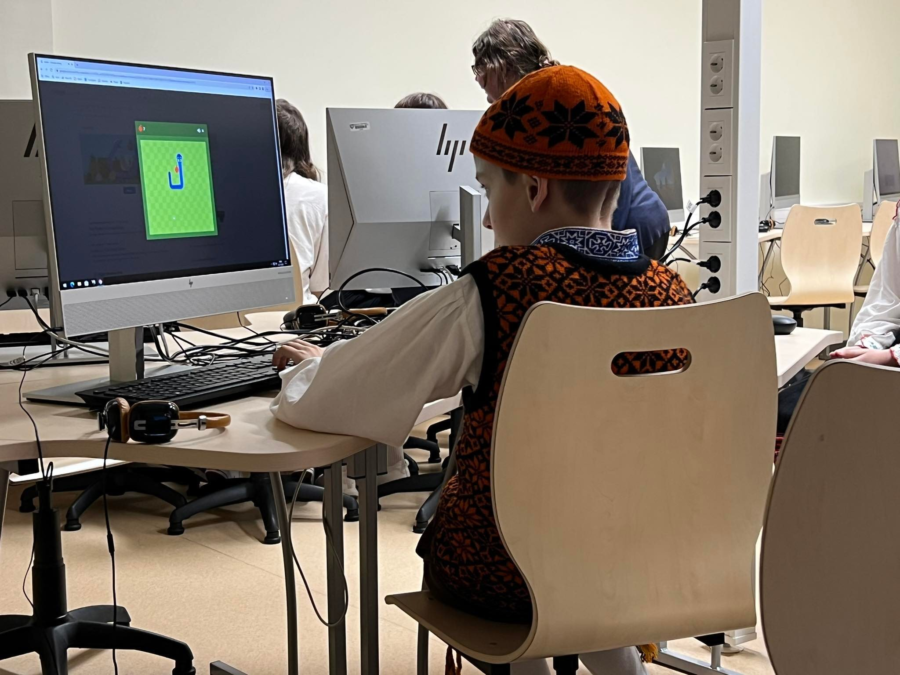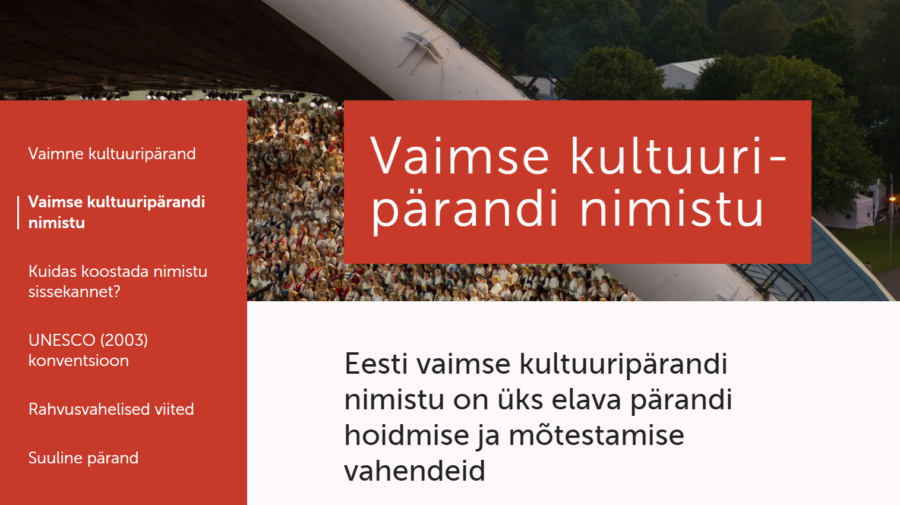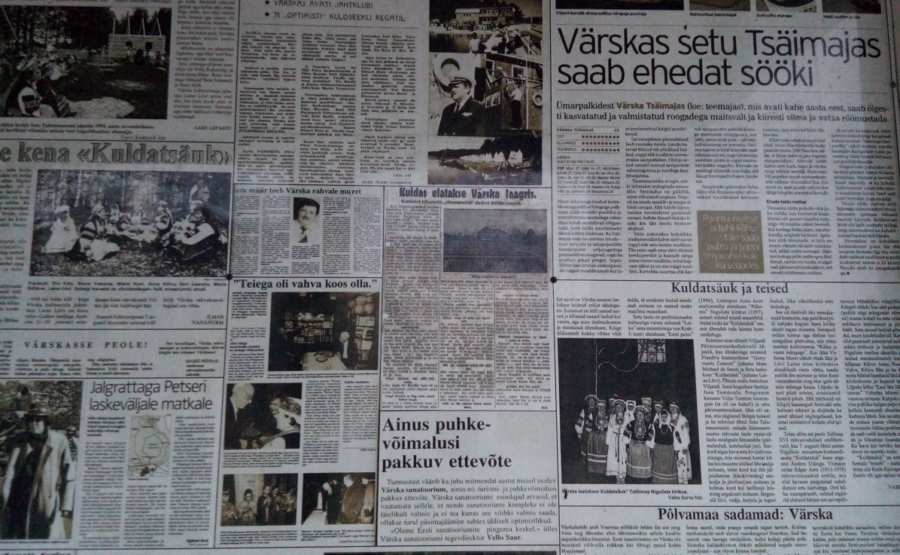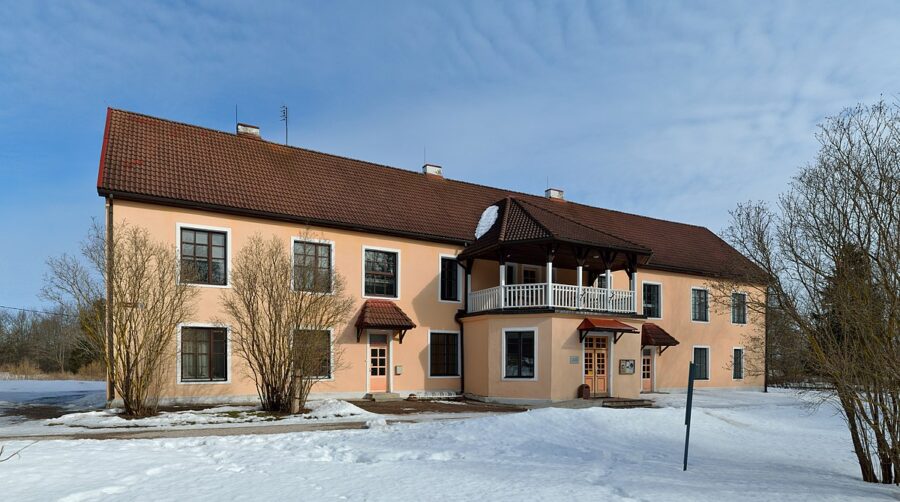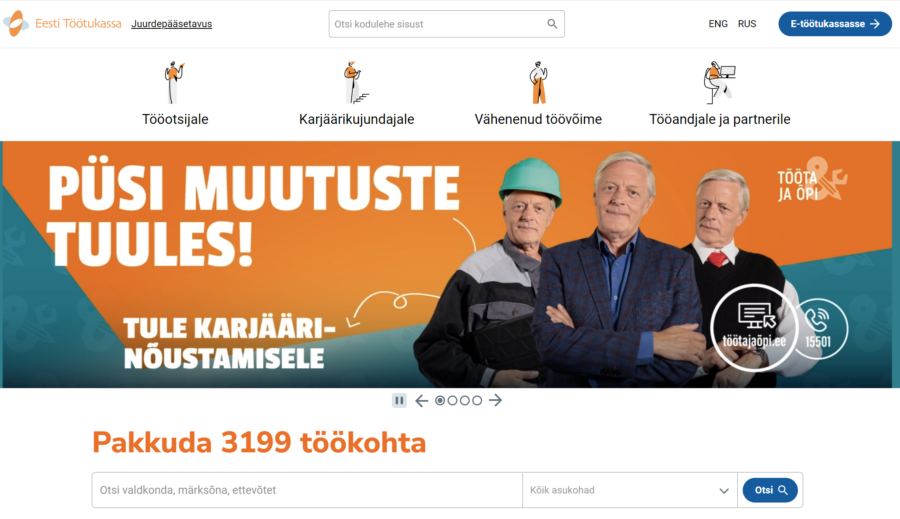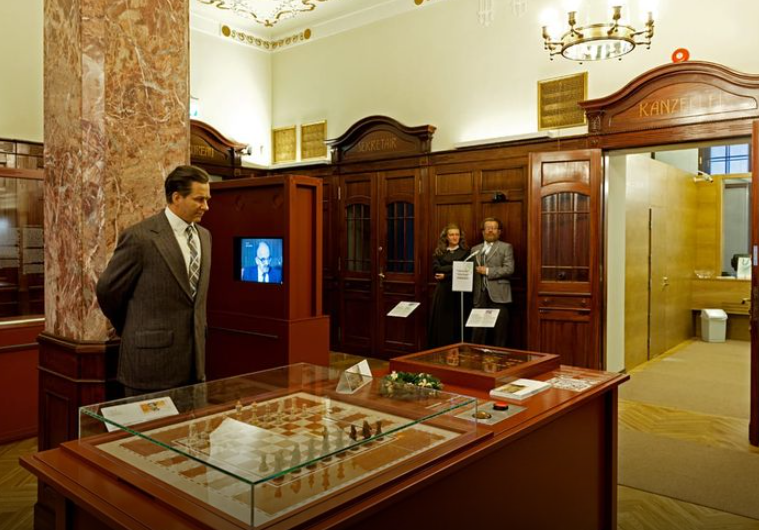The anthropological study was the 1st stage of a larger project, the leading partner of which is the think tank Praxis, and researchers from Tallinn and Tartu Universities are also involved. The official name of the project is “Creating a toolbox informed by human behavior for the implementation of the green transition” and the client was the Estonian Government Office.
The project was carried out in three stages. The purpose of the first stage, or the anthropological study, was to understand how people living in Estonia think about the green revolution and what affects people’s behavior; understand how the green revolution is placed in the context of people’s everyday lives and how it relates to their perceptions, principles, expectations and fears; provide input to the next stages of the project, which will find the best ways to raise awareness and support changes in everyday practices across society.
We conducted in-depth interviews, participant observations, short interviews and an autoethnography seminar. The output was both personas and a report, the results of which were used at the “nudgeton” held under the auspices of the public sector Innovation team and the Estonian Government Office.
Behavioral science solutions were then gathered from the scientific literature and development sessions were conducted with experts in the field to find new solutions and ideas to influence individual behavior.
In the last stage, a toolbox of behavioral changes was created, which can be used in planning and implementing interventions affecting people’s behavior, and a model that complements, specifies and improves the existing environmental awareness measurement of the Estonian population. In reality, it can also be applied elsewhere – be it a village association, apartment association, school, company, office building or residential area under development.
THE MOST IMPORTANT INSIGHTS OF THE ANTHROPOLOGICAL PART
Practises:
There is no such person who is 100% committed to sustainable and green choices. People do not associate personal and daily practices with the green turn.
Collecting waste by type is the main environmentally conscious habit among the participants.
The choice of transport depends a lot on where a person lives – whether in the countryside or in the city. People living in the countryside or in a small town see owning a car primarily as a basic need to be able to go to work, school, kindergarten and the store.
People do not associate the issue of food consumption with environmental protection so much.
Perception of change:
People’s awareness of climate change has increased, but when talking about the climate crisis, it is the changing weather and seasons that are highlighted.
Older people talked about changes in the natural environment in the local context, but young people often gave examples of the Amazon rainforest or the threat of polar bears becoming extinct.
People also talked about the fact that Estonia is actually lucky and climate change has not affected us drastically yet. And it was emphasized that, compared to other countries, we have preserved a lot of pure and untouched nature.
Green transition:
It is primarily associated with the field of energy
Change from the outside – big and distant
It does not relate to how one can contribute on an individual level
The sense of the green revolution at the level of Estonia is doubted because, for example, the environmental footprint of China and India is significantly larger and we have no influence on it.
It was emphasized that if green options (eg green energy, electric cars) were cheaper, there would be no problem with this transition.

